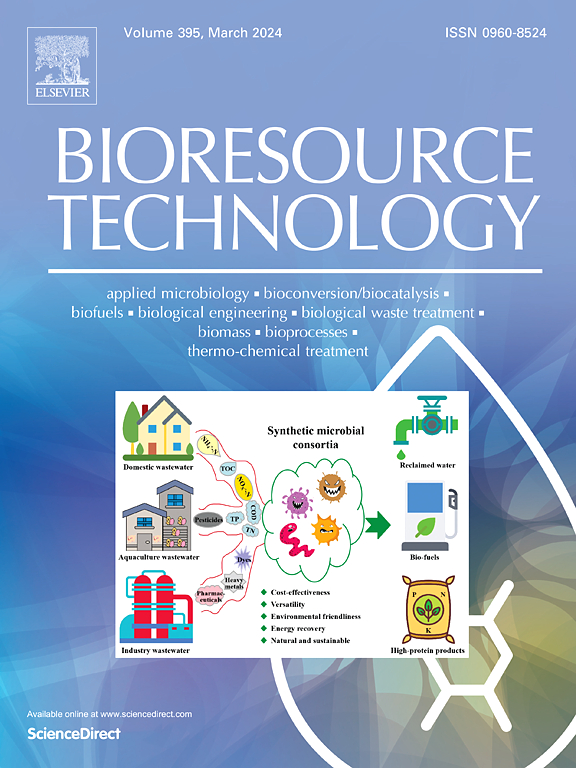Effects of quaternary ammonium disinfectants on human pathogenic bacteria in anaerobic sludge digestion: Dose-response and resistance variation
IF 9.7
1区 环境科学与生态学
Q1 AGRICULTURAL ENGINEERING
引用次数: 0
Abstract
Sewage sludge is a critical reservoir for biological pollutants, and its harmless disposal remains a major issue. Quaternary ammonium compounds (QACs) as typical household disinfectants are inevitably concentrated in sewage sludge, and have the potential to affect human pathogenic bacteria (HPBs) that remain poorly understood. This study found that the relative abundance of HPBs in digesters was decreased by 10 − 20 % at low QACs dose, but increased by 238 − 591 % at high QACs dose. Mechanistic analysis revealed that low QACs doses promoted functional hydrolytic/fermentative bacteria and their metabolism by stimulating extracellular polymeric substances secretion and enhancing resistance to QACs. Conversely, high QAC doses decreased microbial biomass and developed QACs and antibiotic resistance of HPBs by increasing cell membrane permeability and triggering oxidative stress, resulting in deteriorating sanitation performance. These findings provide advanced insights into the potential function and hazards of exogenous QACs on the biosafety of digestate.

季铵盐消毒剂对厌氧污泥消化过程中人类致病菌的影响:剂量反应和抗药性变化。
污水污泥是生物污染物的重要储藏库,其无害化处置仍是一个重大问题。季铵盐化合物(QACs)作为典型的家用消毒剂,不可避免地会在污水污泥中富集,并有可能对人类致病菌(HPBs)产生影响,但人们对其了解甚少。这项研究发现,QACs 剂量低时,消化器中 HPBs 的相对丰度降低了 10 - 20%,而 QACs 剂量高时,HPBs 的相对丰度增加了 238 - 591%。机理分析表明,低剂量 QACs 通过刺激胞外聚合物物质的分泌和增强对 QACs 的抵抗力,促进了功能性水解/发酵菌及其新陈代谢。相反,高剂量的 QAC 通过增加细胞膜通透性和引发氧化应激,降低了微生物的生物量,并增强了 HPB 的 QAC 和抗生素耐药性,从而导致卫生性能下降。这些发现为深入了解外源 QAC 对沼渣生物安全的潜在功能和危害提供了新的视角。
本文章由计算机程序翻译,如有差异,请以英文原文为准。
求助全文
约1分钟内获得全文
求助全文
来源期刊

Bioresource Technology
工程技术-能源与燃料
CiteScore
20.80
自引率
19.30%
发文量
2013
审稿时长
12 days
期刊介绍:
Bioresource Technology publishes original articles, review articles, case studies, and short communications covering the fundamentals, applications, and management of bioresource technology. The journal seeks to advance and disseminate knowledge across various areas related to biomass, biological waste treatment, bioenergy, biotransformations, bioresource systems analysis, and associated conversion or production technologies.
Topics include:
• Biofuels: liquid and gaseous biofuels production, modeling and economics
• Bioprocesses and bioproducts: biocatalysis and fermentations
• Biomass and feedstocks utilization: bioconversion of agro-industrial residues
• Environmental protection: biological waste treatment
• Thermochemical conversion of biomass: combustion, pyrolysis, gasification, catalysis.
 求助内容:
求助内容: 应助结果提醒方式:
应助结果提醒方式:


